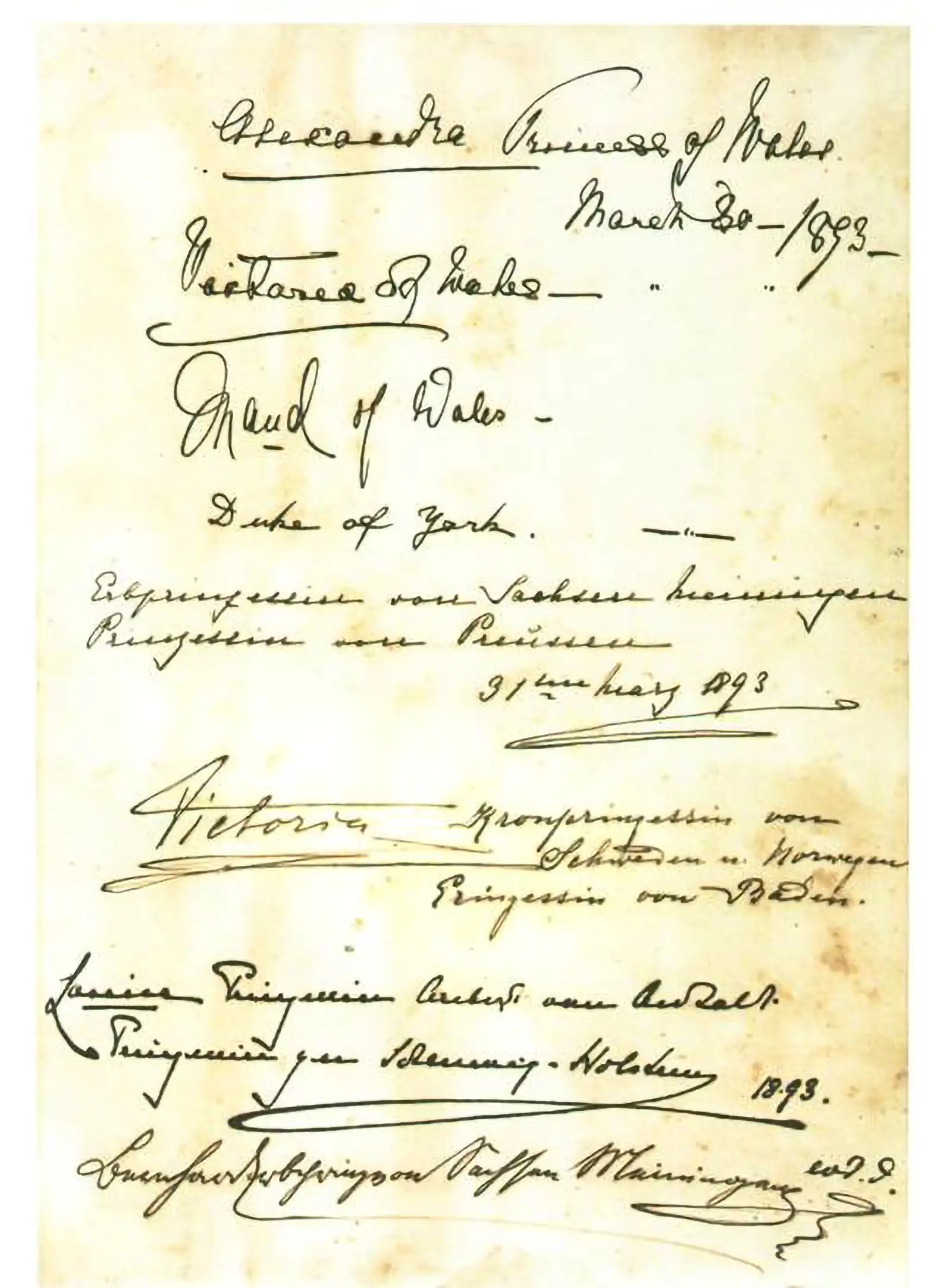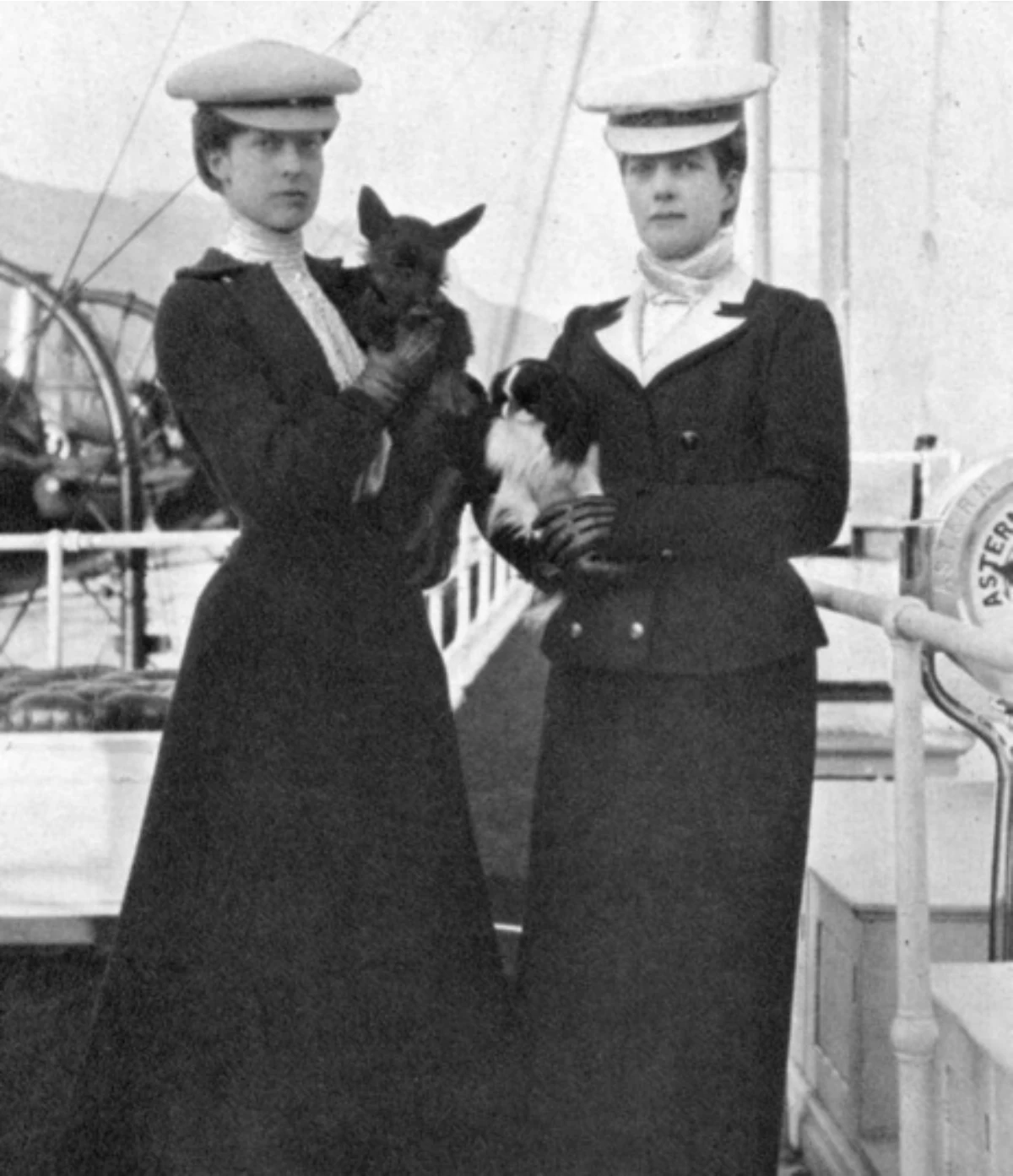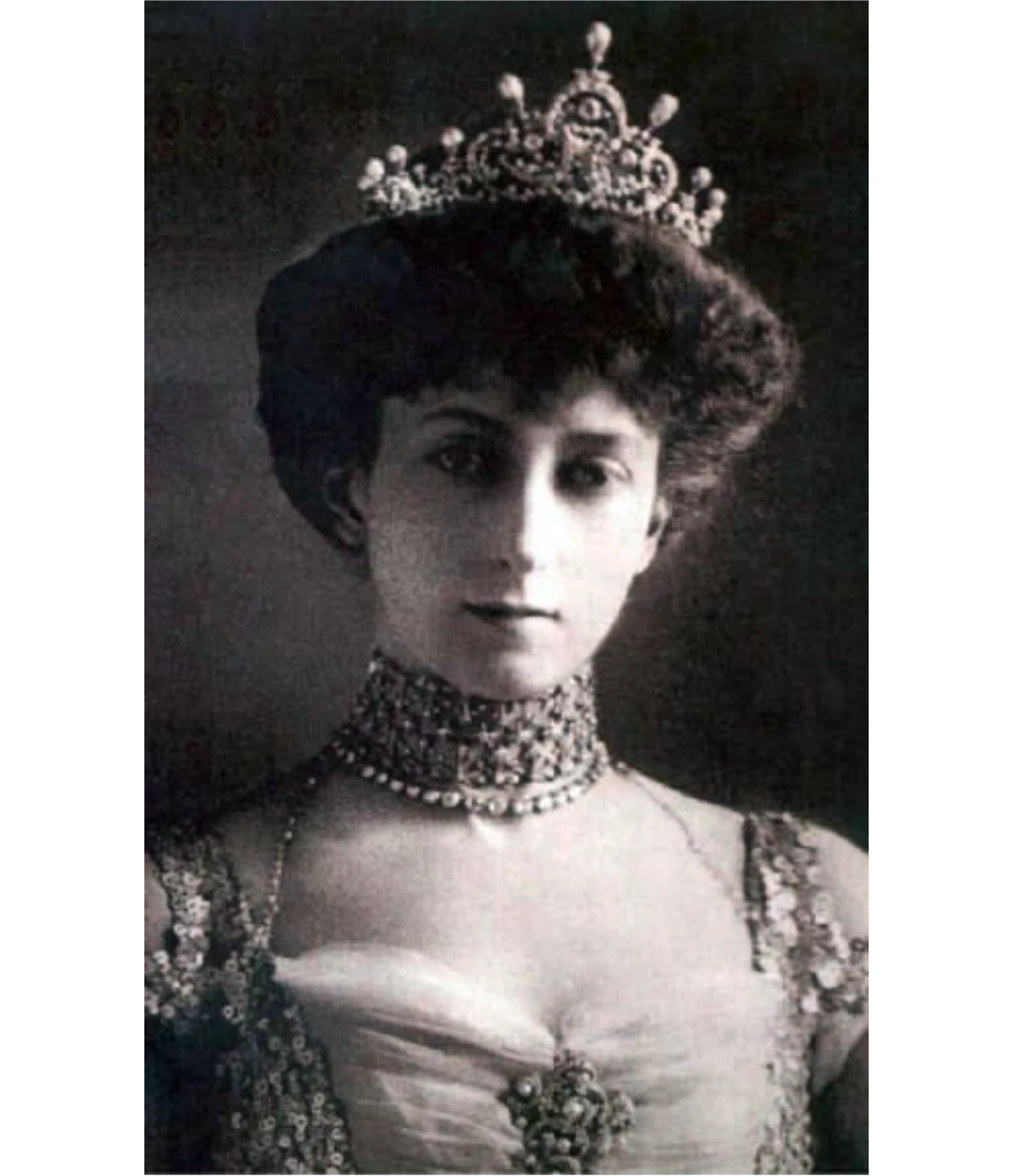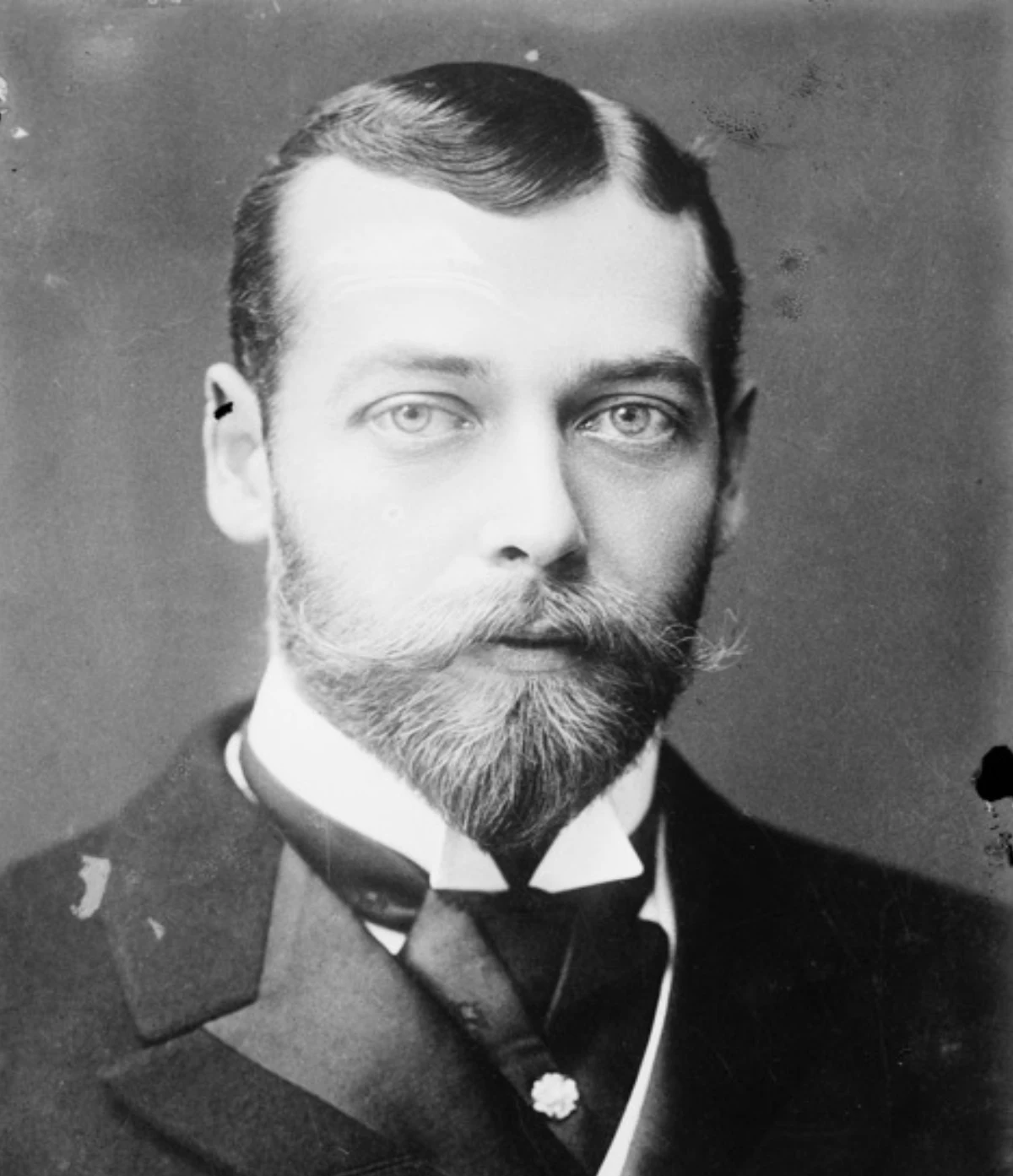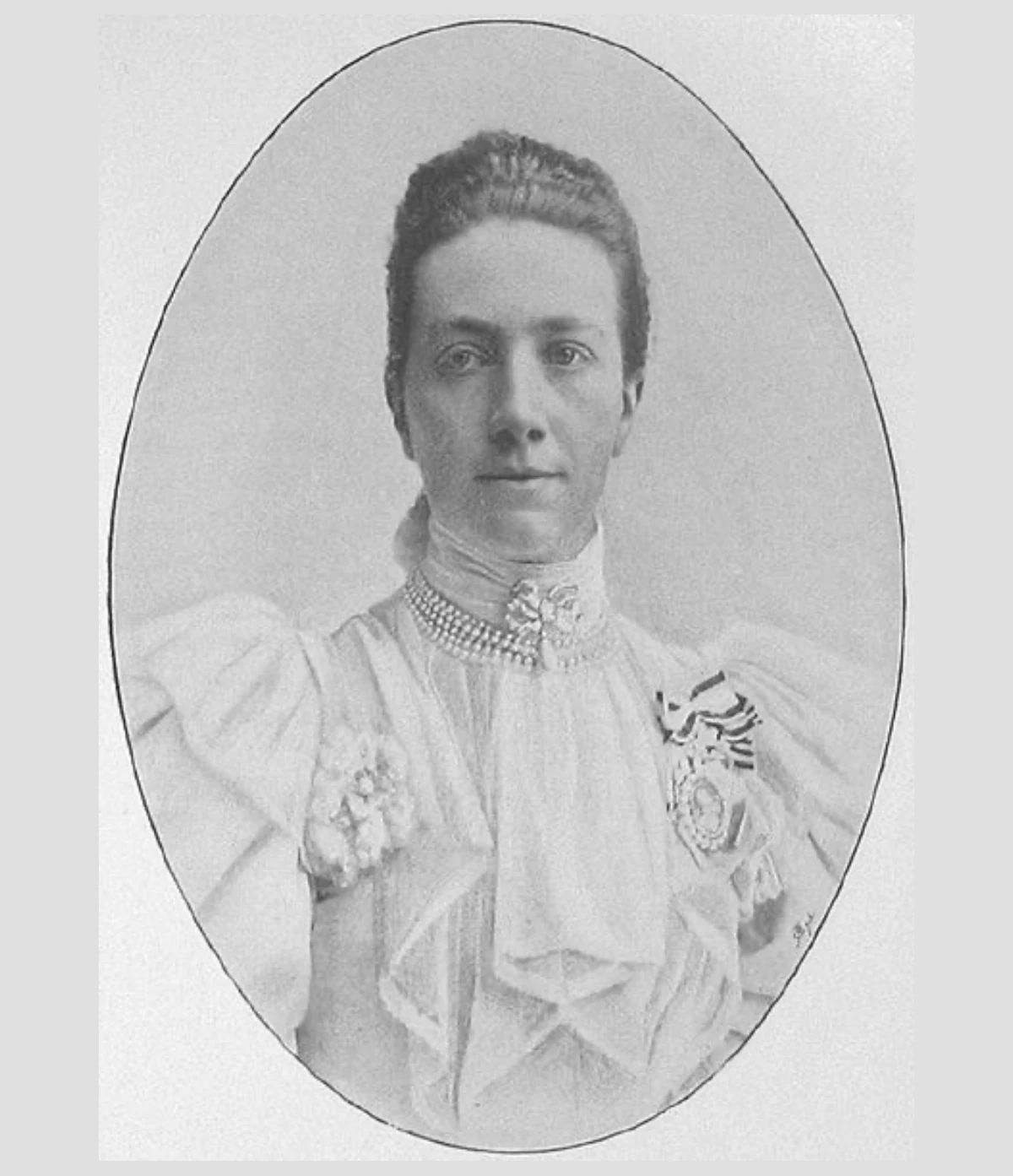
The Villa, bought in 1965, was and still is the house of the proprietor of the Hotel Cappuccini Convento in Amalfi; a historic name among Italian hotels, and one which was considered for many years to be one of the ten most famous hotels in the world.
The Hotel Cappuccini Convento, in the course of more than two centuries, beginning in 1821 as Hotel “alla Porta della Marina” (at Sea Gate) and later on in the “Canonica di San Pietro” (Saint Peter’s Monastery) has had, as its guests, representatives of the most famous European noble families, as well as European and Italian politicians, artists, scientists and Nobel prize winners.
The oldest part of the Villa was built at the end of the 15th century, as a rural farm-house in a dominant position on the bay of Amalfi, at 220 meters above sea level. In 2008 and 2010 the building was completely restored and renovated in order to become a relaxing and wonderful vacation spot with a high energy efficiency rating..
All the furnishings come from the original Hotel Cappuccini Convento (including two single beds dating to 1896 with the insignia of the Knights of the city of Meiningen in Saxony; this honour was awarded to Francesco Vozzi in 1895 by George II Duke of Saxon Meiningen as a reward for the hospitality he received during his holiday in the Hotel Cappuccini Convento in 1893).
The Villa boast other treasures from the original Hotel Cappuccini Convento including painted lunettes showing views of Amalfi, dating back to 1950. Painted by Mario Avallone of Salerno, they were created as decorations for the windows of the dining room of the Hotel Cappuccini Convento.
Today, the Ajelli family continues to uphold the tradition and cultivate the legacy of excellence and attention to details that has made it famous in the world of hospitality. The Villa is now under the guidance of Florestano Aielli, a retired engineer with a long career in the computer sector, including 26 years at IBM and 6 years at EDS, and his daughter Eleonora, a marine biologist.
Throughout the villa, history combines with comfort and the timeless essence of hospitality, offering guests a unique and ideal stay experience for those wishing to immerse themselves in the beautiful setting of the Amalfi Coast.
At the beginning of the 19th century, in spite of the many difficulties they had to face to get there – 20 km by stagecoach on a very uncomfortable road or a little less by rowing boat in good weather -, some brave tourist start to arrive in Amalfi looking for hospitality: why Amalfi?
The art and culture of the Italian Renaissance had spread all over Europe and the neoclassical ideas of Winckelmann were reinforced, from the 1750s, by the archaeological discoveries in Pompei and Herculaneum.
During the 17th and 18th centuries Naples grew in size and cultural importance and by the end of the 18th century became the only Italian city comparable to major European capitals such as Berlin, Madrid, Paris and Saint Petersburg. Naples, therefore, becames an essential stop on the “Grand Tour” which many people, including W. Goethe, undertook at the end of the 18th century.
The many “Grand tourists” visiting Naples were struck by the incomparable beauty of the area, so rich in coasts and islands, ancient ruins and sites resonant with mythology, caves, buildings, monuments, gardens, landscapes, all against the omnipresent backdrop of Vesuvius.
They were also struck by the brightness and colours of that southern land that seemed to be populated by simple, happy people.
Those tourists looked for a souvenir to remember all of this, and in an era with no colour photography, they turned to a group of Neapolitan landscape painters, who produced pictures of reasonable quality but low artistic value. Pictures not comparable indeed with what was happening in the French and English painting schools, where Corot and Turner were applying the ideas of Romanticism.
Then in 1820 a Dutch painter Anton Pitloo, was summoned to Naples by the Russian ambassador Count Grigory Orloff. Pitloo set up the “Posillipo School” where he taught his pupils how to bring to the canvas all the emotions aroused by close contact with nature, capturing in their paintings the passionate and astonishing beauty of the Neapolitan landscape.
The paintings of A. Pitloo, G. Gigante, A. Vianelli, T. Duclere, and many others will advertise and promote Campania and Amalfi in particular, to noblemen, aristocrats, artists, patrons and collectors in Europe and America, arousing their desire to see this wonderful place for themselves.
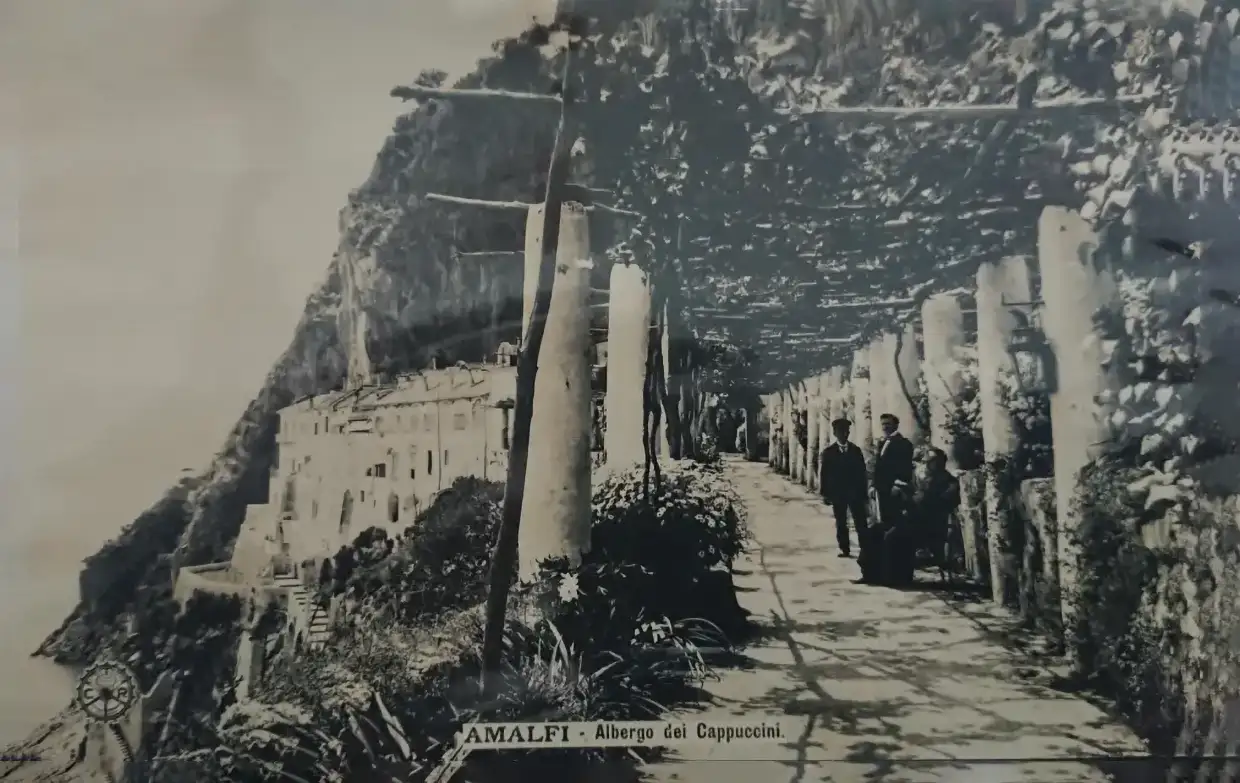
The “Cappuccini Amalfi” hotel was originally established at the beginning of the 19th century in a building on the beach at Amalfi near the “Porta della Marina”. It remained there until 1905 when, because of works to improve the road and Piazza Flavio Gioia, the building was pulled down.
Among the guests of this hotel where people as famous now as they were then: Painters such as: Theodore Aligny, French; Frans Vervloet, Belgian; Ludvig Richter, German; Sir Lawrence Alma Tadema; Domenico Morelli, italian; and Samuel F. B. Morse, the inventor of the telegraph and the related alphabet, Morse was at the beginning a very wellknown painter;
Poets and artists such as: August von Platen, german poet; Edmond e Jules de Goncourt, promoters of the French Académie Goncourt; and H. W. Longfellow, who translated into English Dante Alighieri’s “Divina Commedia”; here, too, L. F. Mendelson Bartoldi, heard the “tarantella napoletana” for the first time; and R. Wagner, who drew inspiration from Villa Rufolo in Ravello for the Klingsor Garden in the Parsifal;
Scientists such as: Alfred Nobel, who invented dynamite; Leander Hamilton McCormick, who invented the reflexion telescope; Politicians and noblemen such as: Ferdinand Duke of Orleans; Peter II Emperor of Brasil; Count Clemens Metternich; Grand Duke Serge Alexandrovich of Russia, who was capable of reading Dante in the original language; Prince Nicholas III Esterhazy; and Prince F. J. J. Lobkowitz, patron of Haydn and Beethoven.
Gregorio Vozzi, who had set up the Hotel Cappuccini alla Porta della Marina at the beginning of the 19th century, realized the tourist potential of Amalfi and in 1821 tried to rent the Monastery of Saint Peter a Tuzcolo from the Bishop of Amalfi.
Vozzi understood the value of its impressive panorama and wanted to transform the abandoned monastery into a fine hotel, he succeeds in his idea only for a short time: 1826-1835.
Only in 1882, did Gregorio’s sons: Francesco, Matteo and Andrea Vozzi, succeed in renting the Monastery from the Council of Amalfi which had become the owner of Monastery in 1866 when Church buildings were confiscated by the Italian State.
So was born the Hotel Cappuccini “di sopra”, later on called the Hotel Cappuccini “Convento” to differentiate it from the other Hotel Cappuccini “alla Porta della Marina” which was still open to customers.
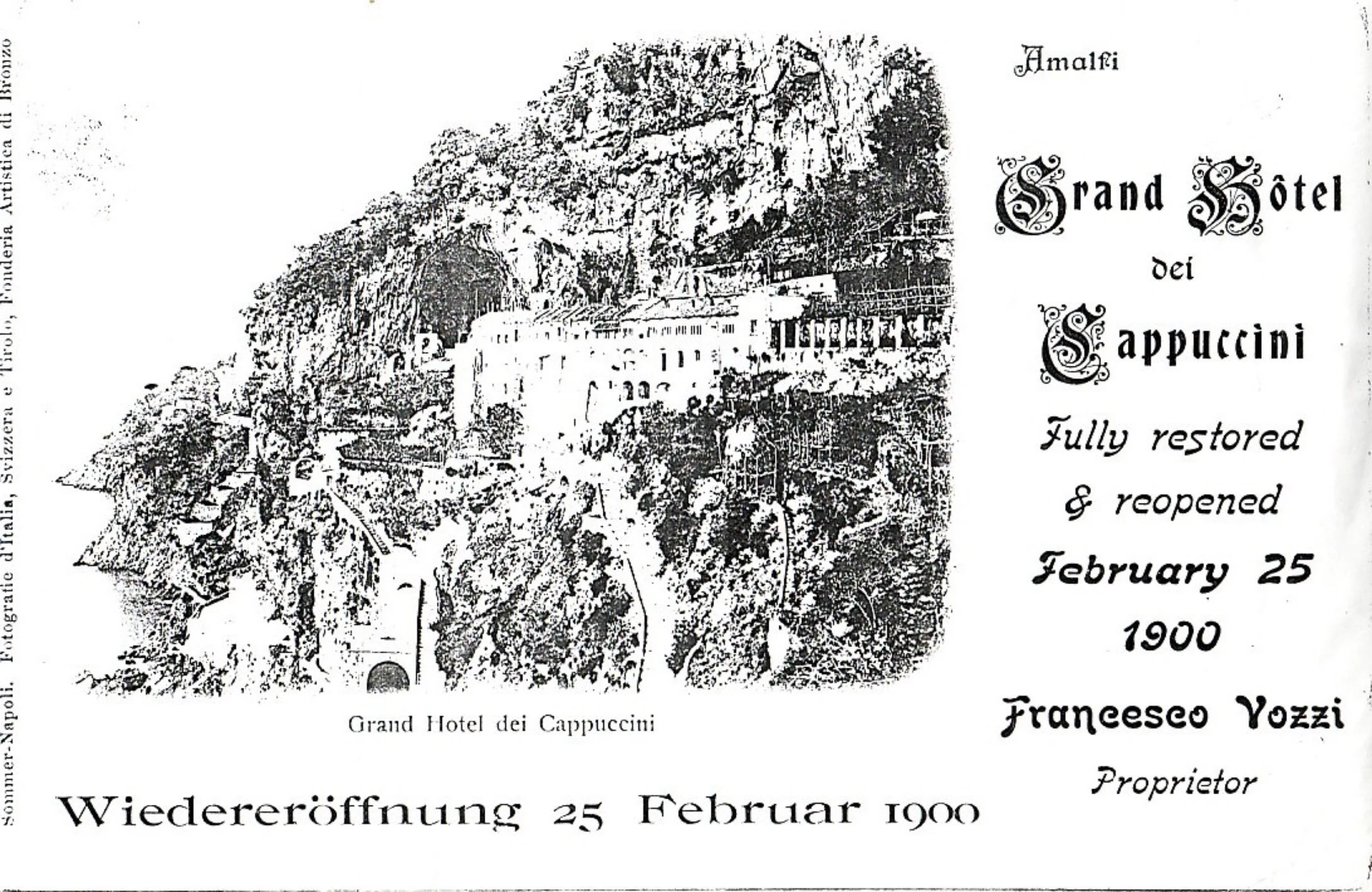
Among many important customers to visit the new hotel, we are pleased to remember some with whom a particularly close bond developed: Philanthropic magnates and politicians such as: Andrew Carnegie, promoter of the Carnegie Technical Schools (Carnegie Mellon University) and sponsor of Carnegie Hall in New York; T. Roosevelt, the 26th President of the USA; W. E. Gladstone and Joseph Chamberlain English politicians; Prince von Buelow and Prince Max von Baden, chancellors of the German Empire; Luigi Einaudi, first President of the Italian Republic; Alcide de Gasperi, Italian Prime Minister;
Musicians, men of letters, artists such as: Joseph Joachim, violinist; Leo Delibes, composer who wrote into the guests book: “he who as not tasted “maccheroni” here, he can’t have the idea of what they could bee ! ”; Osbert Sitwell, author of “the Man who Lost Himself”, leaving after two months stay was moved to write: “He who has not seen the Cappuccini, has not seen Amalfi; He who has not seen Amalfi, has not seen Italy”; Gabriele d’Annunzio, Salvatore di Giacomo, Domenico Morelli, Gaetano Capone, Italians;
Distinguished European noble families such as: Prince and Princess of Wales; Duke of York; Crown Princess of Sweden and Norway; Princess of Baden; Princess of Anhalt; Princess of Schleswig-Holstein; Duke of Saxon Meiningen; Duchess d’Aosta; Royal family of Belgium.
Scientist and Nobel prize winner such as: Henri Poincaré; Guglielmo Marconi, the inventor of the radio; Marguerite Yourcenar; Niels Bohr; Salvatore Quasimodo; Rita Levi Montalcino.
These two centuries of hospitality found their most splendid moment on the 31st of march 1893 when, without any advance planning, representatives of the most important royal families of Europe came together whilst on holiday at the Cappuccini at Amalfi.
- Alexandra Princesses of Wales, with her children: Victoria of Wales, Maud of Wales, George Duke of York:
- Crown Princesses of Saxon Meiningen, Princesses of Prussia;
- Victoria Crown Princesses of Sweden and Norway, Crown Princesses of Baden,
- Louise Princesses Aribert of Anhalt, Princesses of Schleswig-Holstein;
- His Highness Duke Giorgio of Saxon Meiningen.
A record which, as J.W. Muller the American historian and politician wrote in 1926: “would be most difficult for any other Hotel to match”.
